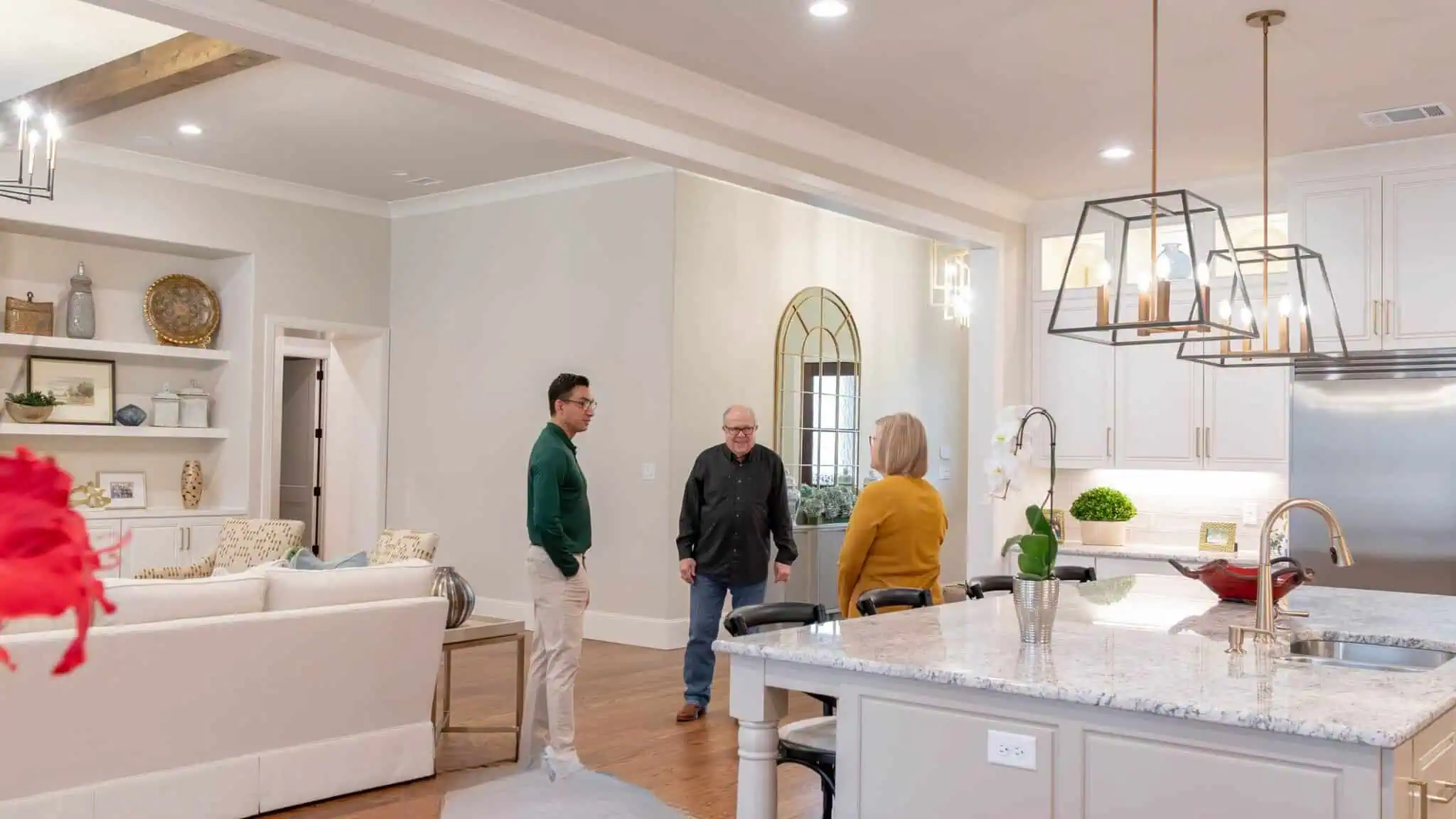A builder promises 12 months for a custom home. You think, “Great – we’ll be in before next Christmas.” But here’s the problem: They’re either overly optimistic… or they’re not telling the full truth.
For example, I recently spoke with a homeowner who picked a different builder for their custom home because they said they could do it faster. Nearly two years later, they still hadn’t moved in.
When he called me asking for advice, I had to tell him what I told him from the start: Building right takes time.
And while it’s never easy to hear that upfront, it’s even harder to find out the hard way.
The truth is, some builders will tell you what you want to hear. But the right builder? They’ll tell you what you need to hear.
And what you need to hear is this:
Most Custom Homes Take Around 18–20 Months From Start to Finish
While it might not be the timeline you were hoping to hear, it’s the one that keeps you from getting blindsided halfway through your build.
Because when you understand where the time actually goes, you start to see why a longer timeline isn’t a red flag… it’s a sign someone’s being straight with you.
A realistic timeline doesn’t just give you a number. It shows you exactly what to expect, when to expect it, and where delays are most likely to pop up.
Here’s how that breaks down:
- Design Phase: About 6 months
This part depends heavily on how quickly you can make decisions and give approvals. Some folks move fast. Others want time to think, tweak, and explore their options. Either way, this stage sets the tone for everything that follows.
- Permits & Engineering: 8 weeks
Once the design for your custom home is locked in, the plans go out for engineering, and the paperwork starts flowing to the city. Sometimes it’s smooth. Sometimes it’s not. But this step can’t be skipped. Honest timelines make room for that.
- Construction: 10 to 18 months
The build itself varies depending on the home’s size and complexity. Weather, trade schedules, and supply chain issues all play a role here. It’s not just about how fast people can work. It’s about doing things in the right order, with the right people, at the right time.
The Timeline Isn’t Just a Number (It’s Your Life, On Pause)
At the end of the day, this isn’t just about months on a calendar.
It’s about planning your life around something real. Knowing when to list your current home. When to schedule movers. When the kids will start school. When you can finally exhale, settle in, and start living in the home you’ve been dreaming about.
That’s why the timeline matters so much, and why hearing the truth early on can save you from so much stress later.
Because no matter how badly you want to move in by Christmas, the only thing worse than waiting longer… is being promised something sooner, and waiting anyway.
So if someone tells you 18 to 20 months? That’s not a reason to walk away. That might be the clearest sign they actually know what they’re doing and they respect you enough to say it upfront.
A Timeline That’s Honest From The Start Won’t Just Help Your Builder Stay On Track — It’ll Help You Stay Sane
Because when you know what to expect, you can plan with confidence, avoid the panic, and make decisions that actually work for your life.
And that starts long before anyone picks up a hammer.
If you’re even thinking about building, now’s the time to get clear on what really goes into it. Before timelines get fuzzy, costs creep up, or decisions start piling on top of each other.
That’s why I’ve put together a no-fluff guide to help you start on the right foot:
7 Things You Must Know Before Designing A New Home
It covers the stuff most people wish they’d known earlier, and it’ll give you a clearer picture of what to ask, what to watch for, and how to avoid the most common headaches.
Read about the journey of Victor. Victor Myers Custom Homes proudly partners with NAHB, TAB, and Dallas BA.


